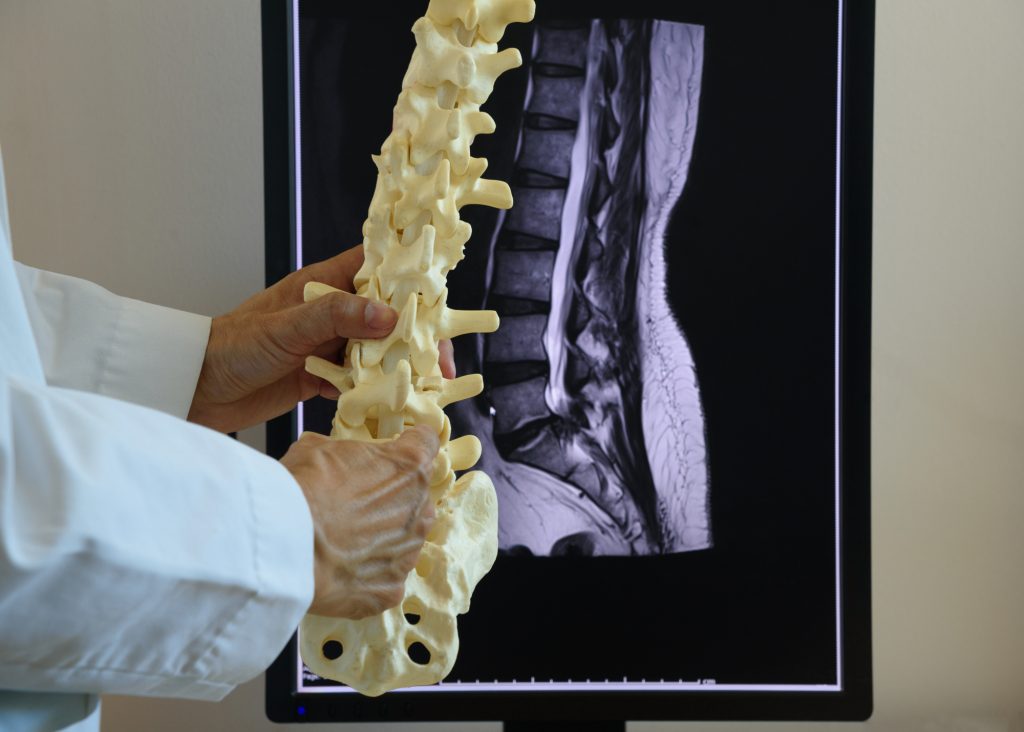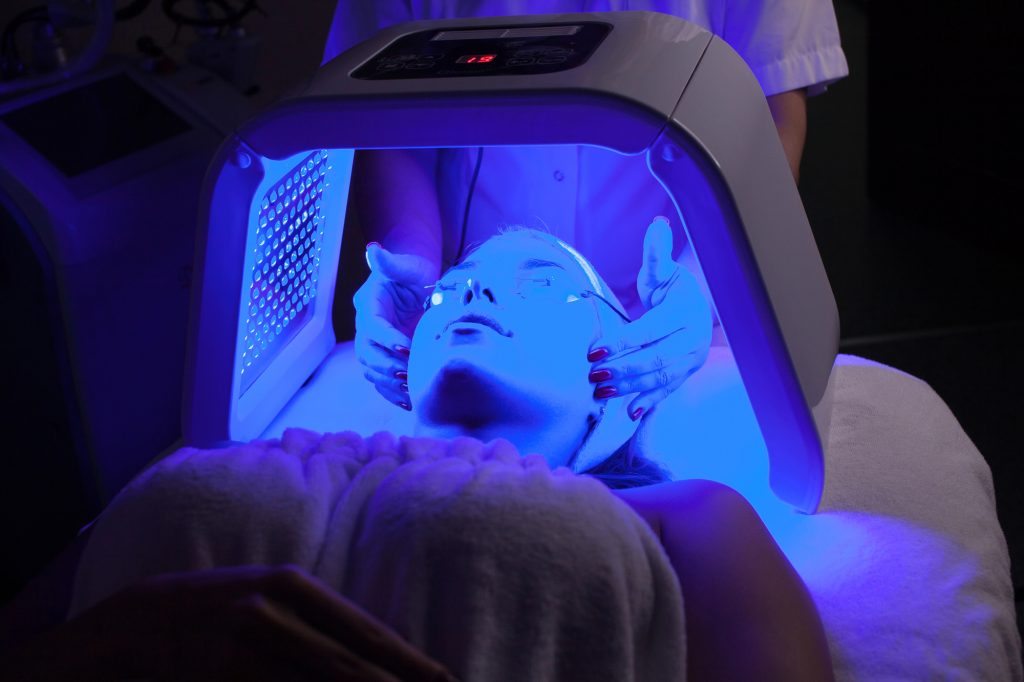 Written by Doris Huber.
Written by Doris Huber.
Cybersecurity has become a pressing issue for healthcare providers. With an estimated 2,200 attacks occurring daily, amounting to over 800,000 annually, the threat is significant. The widespread use of electronic health records (EHRs), telemedicine, and interconnected medical devices is a signal to everyone that medical data breaches can lead to serious damage. And it’s not just about inconvenience, but also financial and reputational damage.
Recognizing the need for cybersecurity in healthcare, most service providers turn to specialized companies. This is a working approach, but many measures for medical records protection can be implemented even by a small company. Such measures of healthcare cybersecurity are discussed in this blog post.
Top Cybersecurity Threats Facing the Healthcare Industry
In 2023, breached healthcare records hit an all-time high. The HIPAA Journal reported a staggering 156% increase from 2022. On average, 374 000 healthcare records were compromised each day in 2023. Moreover, the 5 listed cyber threats account for about 70-85% of all hacks, according to various estimates.
Ransomware Attacks
Ransomware can encrypt sensitive data, blocking access to patient records and potentially endangering patient care. Recent analysis revealed that about 141 hospitals faced ransomware attacks in 2023.
Phishing Attacks
Phishing emails with malicious links trick users into revealing sensitive information, undermining data security. The HIPAA journal cites phishing as a major cause of healthcare data breaches.
Insider Threats
Internal staff can pose risks through unauthorized access or malicious actions, jeopardizing patient privacy and data integrity. This report highlights that miscellaneous errors, misdelivery, and privilege misuse are common in healthcare, all of which stem from insiders.
Medical Device Vulnerabilities
Implantable medical devices like pacemakers, insulin pumps, and infusion pumps are often exploited. Issues with web interfaces and default hard-coded admin passwords threaten patient safety and data integrity.
Data Breaches
Data breaches through unauthorized access or disclosure of sensitive patient information result from system vulnerabilities, inadequate security protocols, or targeted attacks, posing significant risks to patient privacy and identity theft.
Why is Cybersecurity Important in Healthcare?
There are too many reasons for patient privacy protection to leave any doubt about the importance of cybersecurity in healthcare.
- Legal and Regulatory Compliance: Healthcare providers must comply with the Health Insurance Portability and Accountability Act (HIPAA). HIPAA sets standards for securing and protecting patient data.
- Building Patient Trust and Reputation: Adhering to cybersecurity standards fosters patient trust. A healthcare provider’s reputation heavily relies on its ability to protect patient data, making compliance a crucial aspect of maintaining a positive image.
- Ensuring Continuity of Patient Care: Cybersecurity compliance helps prevent service disruptions caused by cyberattacks. Keeping critical systems operational is essential for providing uninterrupted patient care.
- Incident Response Preparedness: Having an incident response plan in place is part of cybersecurity compliance.
- Financial Benefits: Implementing cybersecurity measures can reduce costs associated with data breaches, legal fees, and regulatory fines. Preventing incidents is more cost-effective than addressing their aftermath.
Top Cybersecurity Measures in Healthcare
1 Regular Employee Training
While advanced technologies are crucial, the human element remains vital in protecting patient data. Regular security audits and ongoing employee training are essential to a comprehensive cybersecurity strategy for hospitals.
Equally important is the continuous training of hospital staff. Employees are often the first line of defense against cyber threats. Their awareness and competence in managing sensitive data can significantly reduce risks. Training programs should include best practices for data protection, recognizing phishing attempts, and adhering to security protocols.
2 Create Untraceable Connections
First of all, the office network should be protected, and all connections should be untraceable. But you should also take care of the security of those connections that occur outside the office. It is necessary to ensure reliable user authentication (MFA, strong passwords), teach, update iPhone IP and encrypt your data. By the way, for medical data encryption during data transfer, you can use VPN and zero trust systems.
3 Industry Compliance Check
Healthcare providers must follow strict regulations like HIPAA in the United States to protect patient data. Understanding these obligations and ensuring compliance with security standards is crucial.
4 Perform Risk Assessments
Risk assessments systematically evaluate cybersecurity vulnerabilities and threats in healthcare, assessing the risk level each one poses. They also document measures taken to prevent breaches.
Healthcare organizations should perform regular risk assessments—at least annually—as part of their security strategy. These assessments are crucial for compliance and obtaining cyber insurance. Procedures should be updated whenever new devices or services are introduced.
5 Transparency in Data Handling
Transparency in data handling builds trust. Healthcare organizations must clearly explain how they collect, process, and store patient data. This means being transparent about data usage, consent policies, and patient rights. When patients know their data is well-managed and secure, their confidence in the healthcare provider increases. Clear communication and robust protection measures are key to earning and maintaining patient trust.
6 Implement End-To-End Encryption
It’s vital for healthcare organizations to use end-to-end encryption across all communication channels. This ensures patient data stays protected from unauthorized access, both when shared among healthcare professionals and stored in Electronic Health Records (EHRs). Implementing strong encryption protocols is not just a technical necessity but a fundamental aspect of modern healthcare security.
7 Implement Accountability and Responsibility Practices
Healthcare organizations need to take accountability and responsibility for safeguarding patient data. This involves complying with laws and regulations and going beyond them by adopting best practices in data protection. They must also be ready to act decisively in case of a cybersecurity incident.
Public trust is hard to earn but easy to lose. Every part of a healthcare organization’s data protection strategy—transparency, communication, education, and accountability—builds patient trust. By maintaining high standards in data protection, healthcare providers not only secure sensitive information but also reinforce their relationship with the public.
8 Keep Your Cyber Security Systems Up to Date
Healthcare providers face constantly evolving cyber threats and must stay vigilant to protect their systems. Regularly updating software and security patches is essential, along with conducting periodic security audits and assessments to identify and fix potential weaknesses.
9 Use Cloud Security
As healthcare organizations move to cloud-based solutions, ensuring strong cloud security is critical. Implementing cloud security measures is necessary to protect electronic protected health information and maintain HIPAA compliance in these distributed environments. Robust security protocols safeguard sensitive data and help prevent breaches, ensuring patient information remains confidential and secure.
10 Zero Trust
Many modern healthcare organizations have adopted Zero Trust as a core cybersecurity strategy. Zero Trust involves implementing the minimum necessary permissions to control access to healthcare systems and data, thereby reducing risk. This strategy can be applied to users, devices, data assets, and services to restrict communication and mitigate the risk of abuse. For instance, network access control (NAC) is used to manage device and user access to networks and services.
The Bottom Line
Prioritizing cybersecurity in healthcare is crucial. To protect patient data, healthcare organizations should implement strong strategies like state-of-the-art encryption and regular staff training. Taking decisive action to improve cyber defenses is essential to maintaining patient privacy.
Bio
I am Doris Huber – Lead Communications Specialist at VeePN. I have a PhD in Information Security and 6 years of experience in cybersecurity. I consider it my duty to educate people and companies about the importance of protecting their data and customers.
Please also review AIHCP’s health care manager certification program and see if it meets your academic and professional goals. These programs are online and independent study and open to qualified professionals seeking a four year certification.

 Written by Harriet Turner.
Written by Harriet Turner. Written by Veronica Turner
Written by Veronica Turner Written by Veronica Turner
Written by Veronica Turner Written by Gemma Taylor
Written by Gemma Taylor Written by Victoria Maxwell
Written by Victoria Maxwell Written by Veronica Turner.
Written by Veronica Turner.
 Written by Veronica Turner
Written by Veronica Turner Written by Veronica Turner
Written by Veronica Turner